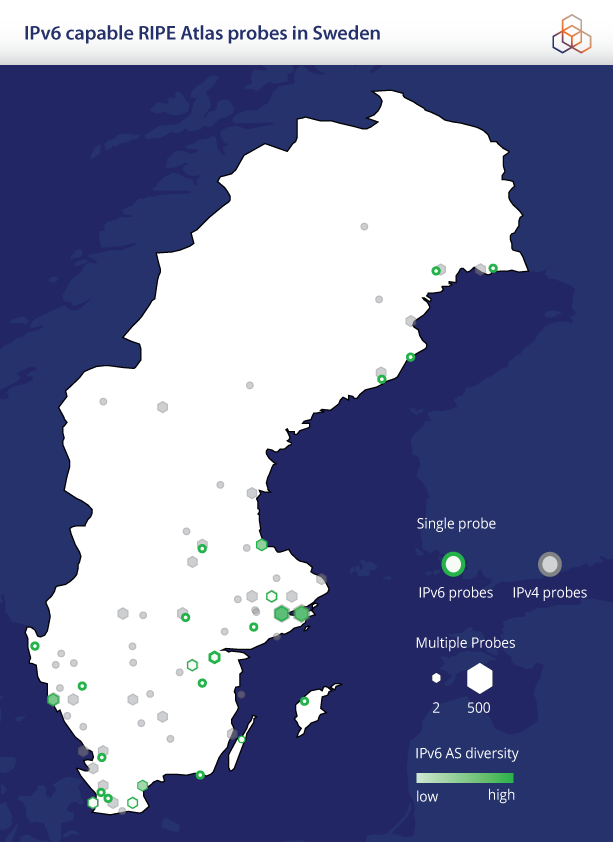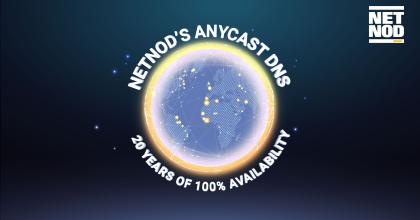
IPv6 Q&A with the RIPE NCC
1. How much IPv6 address space has been allocated in Sweden compared to the rest of the service region?
Looking at the RIPE NCC membership, which consists mainly of Internet Service Providers, telecommunication organisations and companies that manage their own network infrastructure, we see that out of roughly 25,000 members, about two thirds (16,500) hold IPv6 addresses. Looking at the RIPE NCC members operating in Sweden, we can see that almost 400 out of the 530 (almost 3 out of 4) have received an IPv6 address block.
2. What trends do you see for IPv6 deployment?
Getting an IPv6 address block is the easy bit. Planning IPv6 deployment and reconfiguring your network and services to use IPv6 is a lot more work. From our IPv6 RIPEness data, we see that only 42% of the RIPE NCC members based in Sweden with an IPv6 address block have made this address space visible to the Internet and have configured it.
3. Are you seeing an increase in IPv6 usage?
Statistics on the use of IPv6 by Swedish Internet users, such as those published by APNIC and Google, indicate that only between 5 and 10% of the users connecting to the Internet in Sweden use IPv6. We are wondering about the reason behind this low number, as many countries in Europe show higher adoption rates, including Norway and Finland.
The user statistics gathered by APNIC only show meaningful deployment in a small number of service providers and telecommunication operators. It shows the biggest concentration of IPv6 usage in networks provided by 3 and Tele2 and some smaller deployments in Bahnhof and Tele 2's business unit. Looking at our RIPE Atlas probes, we see a more diverse picture.

Not all the probes are in service provider or telecommunication operator networks. Some are likely located in the homes of technical people which might suggest a higher rate of IPv6 deployment than is actually the case. Nevertheless, RIPE Atlas shows 30 different autonomous systems that provide IPv6 connectivity to connected probes. Moreover, whilst obviously many probes are connected in the more densely populated areas, we see probes all across Sweden that have IPv6 connectivity. Some of these might be connected to larger networks that use RIPE Atlas to monitor remote locations and data centres, but we cannot rule out that some of those are connected using more local service providers. Using an IPv6-over-IPv4 tunnel, such as those offered by Hurricane Electric, is an easy way to get some more experience with IPv6 or to test your applications. However, tunnels do often add delays and additional overhead, which make them less suitable for use in production services. Even at home, where modern browsers will choose between IPv4 and IPv6 based on the response times, you may find that most of your traffic will stay on IPv4 because of the delays.
We find that the actual deployment of IPv6 in Sweden is lagging behind many other developed economies. We are curious to learn more about the reasons behind this lack of deployment and are eager to hear what the RIPE NCC can do to encourage deployment of IPv6 in Sweden.
4. Where can organisations find more information on how to deploy IPv6?
The RIPE NCC has collected a set of useful tools, statistics and technical articles in the IPv6 info centre available at: https://www.ripe.net/publications/ipv6-info-centre




